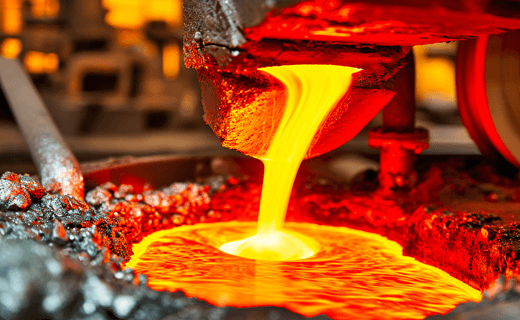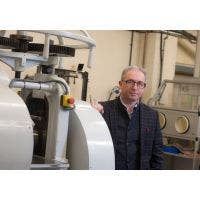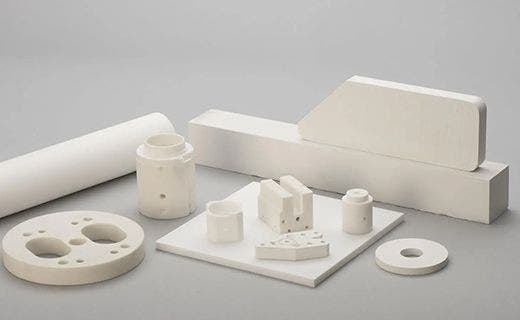Metallurgy in Extreme Environments: High Pressure and High Temperature
Metallurgy is the material science and technology of metals and alloys. It is also the process by which metals are extracted from minerals or ores, resulting in the metal's purest form. Metals make up 95 of the elements in the periodic table, a table that includes all of the chemical elements arranged in ascending order by their atomic number. Those who study metals and alloys are called metallurgists. Metallurgists may be asked to manipulate and separate metals from the ore through the application of heat, chemistry, or electricity. They have a deep understanding of how metal compounds behave and typically work with materials such as aluminum, copper, iron, and steel to improve the quality thereof and remove impurities.
Metallurgy is key to unlocking the potential of metals and allows for the extraction and refinement necessary to craft the highest quality metals for industrial use. From the fabrication of aircraft and motor vehicles to the creation of buildings and the craftsmanship of musical instruments, metals have and continue to shape the world around us, and it is thanks, in part, to the metallurgists who work to ensure that the metals we use to build and innovate are strong and durable.
What Are High-Pressure and High-Temperature Environments?
Pressure is a force applied to an area. A high-pressure environment is that which has a comparatively high pressure, exceeding that of the Earth's atmosphere. These environments can occur in natural settings, such as underground or underwater, and often present many challenges. When a material is subjected to a high-pressure environment, its physical, chemical, and structural characteristics change. High-pressure environments can be found all around us, and they can be found in our everyday lives. The pressure cookers sitting in your kitchen and your truck tires all exhibit a high-pressure system. Rocket ships and submarines are also environments that need to withstand high pressure.
Metallurgy helps protect people, structures, and the environment during high or extreme temperatures. High-temperature environments can have negative effects on productivity and health. These environments involve elevated temperatures that can impact the physical stability and reactivity of materials. These environments usually exceed the threshold of 150 degrees Celsius. High-temperature environments can be found in airplane engines, satellites, and nuclear reactors. Materials in these environments need to be able to withstand these high temperatures, and some materials are better suited to the job than others. For instance, gold can conduct electricity at very high temperatures, and tungsten withstands very high heat without melting.
When an environment exhibits both high pressure and high temperatures, the challenges become more intense and new opportunities for innovation may present themselves. The materials can experience structural deformation and mechanical stress.
Applications of Metallurgy in High-Pressure and High-Temperature Environments
Metallurgy enables industries to operate in extremely high-pressure and high-temperature environments. The development of these advanced materials helps meet the growing demands of industries, allowing for safe and efficient operation. In high-pressure and high-temperature environments, materials can often change their chemical and physical structure. These environments need materials that can withstand these conditions. Metals, such as iron and steel, have high strength, oxidation resistance, and corrosion resistance that allow them to withstand these extreme environments.
-
Nuclear power plants operate at both high temperatures and pressures. Metallurgy provides materials like stainless steel that can withstand these high-pressure and temperature environments.
-
Aircraft and spacecraft face extreme pressures, temperatures, and radiation exposure. Metals like molybdenum are used due to their extremely high melting points.
-
In the automotive industry, the turbochargers that are found in modern engines operate at high temperatures and pressures. Metals like nickel-assisted super-alloys are used with other metal components due to their durability.
Additional Resources
-
5 Reasons Metallurgy is Essential in Material Selection for Harsh Environments
-
Getting Started with Metallurgy: Basic Principles & Examples










